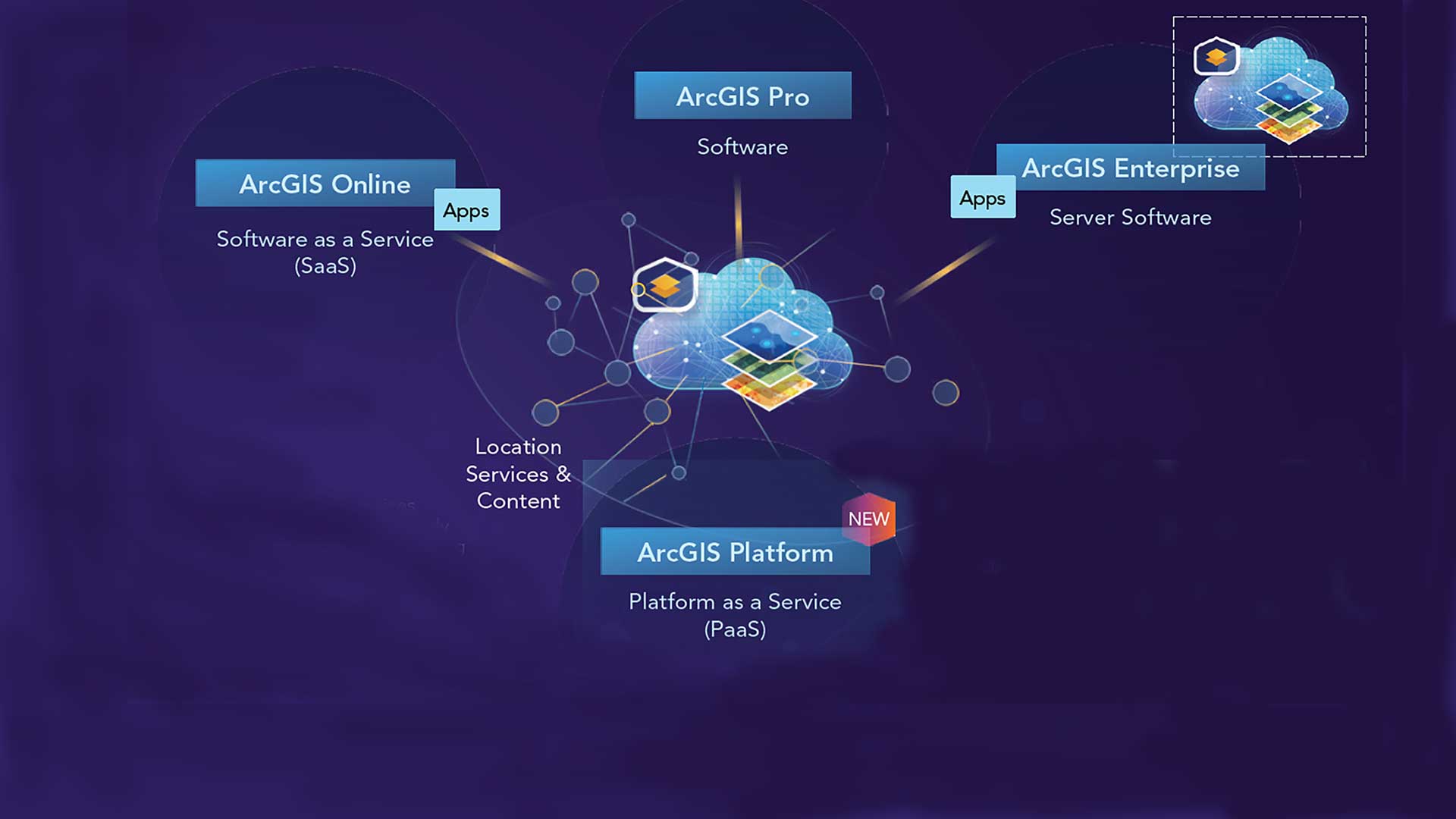An entirely new deployment option for ArcGIS Enterprise, built with cloud-native architecture that uses microservices and containerization, will be available as part of the Q2 release of ArcGIS 2021. ArcGIS Enterprise on Kubernetes is designed to optimize scalability, resilience, and maintainability.
This adds another deployment choice for ArcGIS Enterprise but does not replace existing deployment options on Windows and Linux. Esri will continue to support Windows and Linux just as it previously has. ArcGIS Enterprise on Kubernetes will be attractive to organizations that require a highly scalable deployment, particularly those with complex, multimachine environments that are already running Kubernetes.
The initial release of ArcGIS Enterprise on Kubernetes will be similar in functionality to a base deployment of ArcGIS Enterprise on Windows and Linux, with functional parity with Windows and Linux deployments achieved in subsequent releases. Existing GIS Servers on Windows and Linux deployments of ArcGIS Enterprise can be federated with ArcGIS Enterprise on Kubernetes to complement GIS capabilities.
The first release will include both on-premises and cloud patterns. ArcGIS Enterprise on Kubernetes will be available on-premises for Red Hat OpenShift Container Platform and via managed Kubernetes services on the cloud for Microsoft Azure Kubernetes Service (AKS) and Amazon Elastic Kubernetes Service (EKS).
These Kubernetes engines were chosen because they were well represented among existing Esri customers who were already working with the technology or those that planned to adopt it soon. The product road map includes expanding to more engines, such as Google Cloud Platform (GCP) and VMware vSphere. Initially, ArcGIS Enterprise on Kubernetes will support both PostgreSQL and Microsoft SQL Server databases as registered enterprise geodatabases.
The advantages of ArcGIS Enterprise on Kubernetes include a streamlined deployment process that can use templates and automated tools. High availability is built into the architecture, which is resistant to interruptions and, in some cases, can shift resources to preserve uptime for users. While ArcGIS has always been made up of REST APIs for GeoServices and Adminstration, ArcGIS Enterprise on Kubernetes deploys them as loosely coupled processes that are individually manageable and scalable.
The use of microservices means that update and patch installation can be accelerated and performed at a more granular level, minimizing downtime and making the upgrading experience more predictable and manageable for organizations.
The scalability of this deployment method lets organizations provide appropriate capacity without being burdened with complex planning for the requirements of worst-case scenarios as is needed with other deployment types, which can cause the maintenance of excess capacity. Using automation and the built-in capabilities of powerful service usage metrics, administrators can scale GIS services up or down to meet an organization’s service-level agreements (SLAs).
Kubernetes is a rapidly growing technology that is an open standard. This gives administrators using this deployment option more choices, more tools, and a community that supports this technology. It adds open-source flexibility. Because it is truly a cloud-native architecture—not just a cloud-ready one—it takes advantage of the latest technology.




